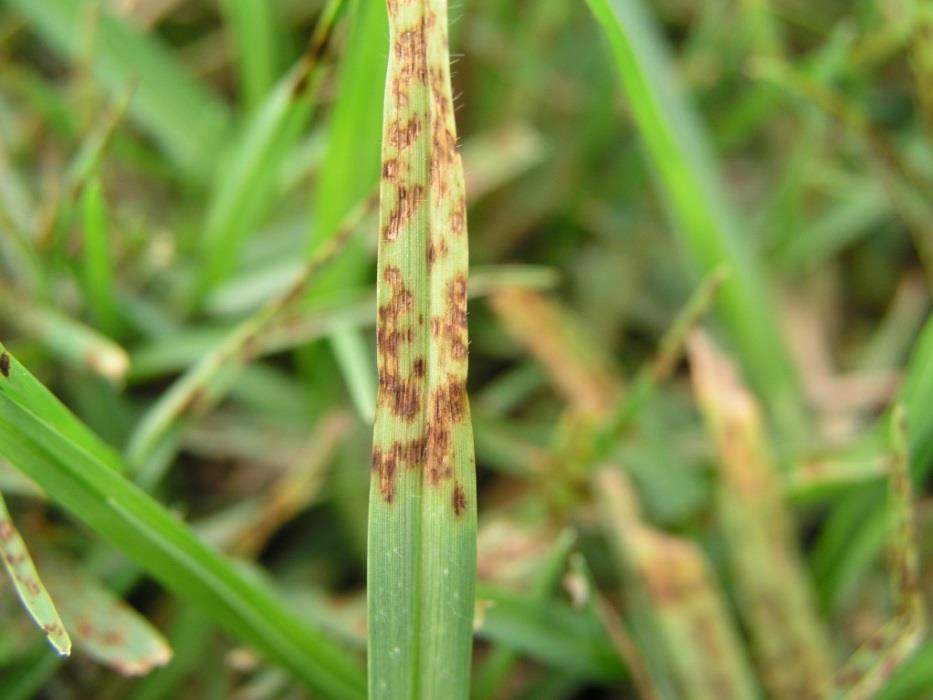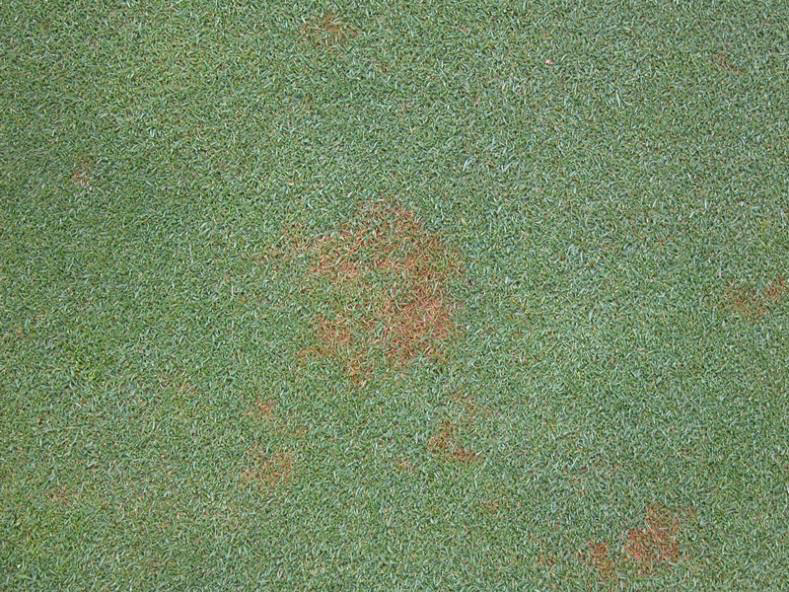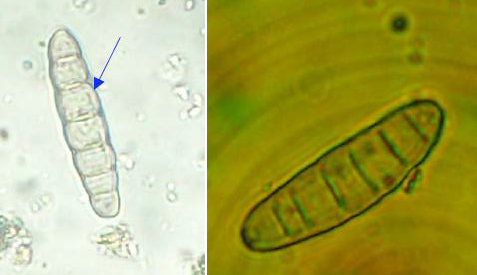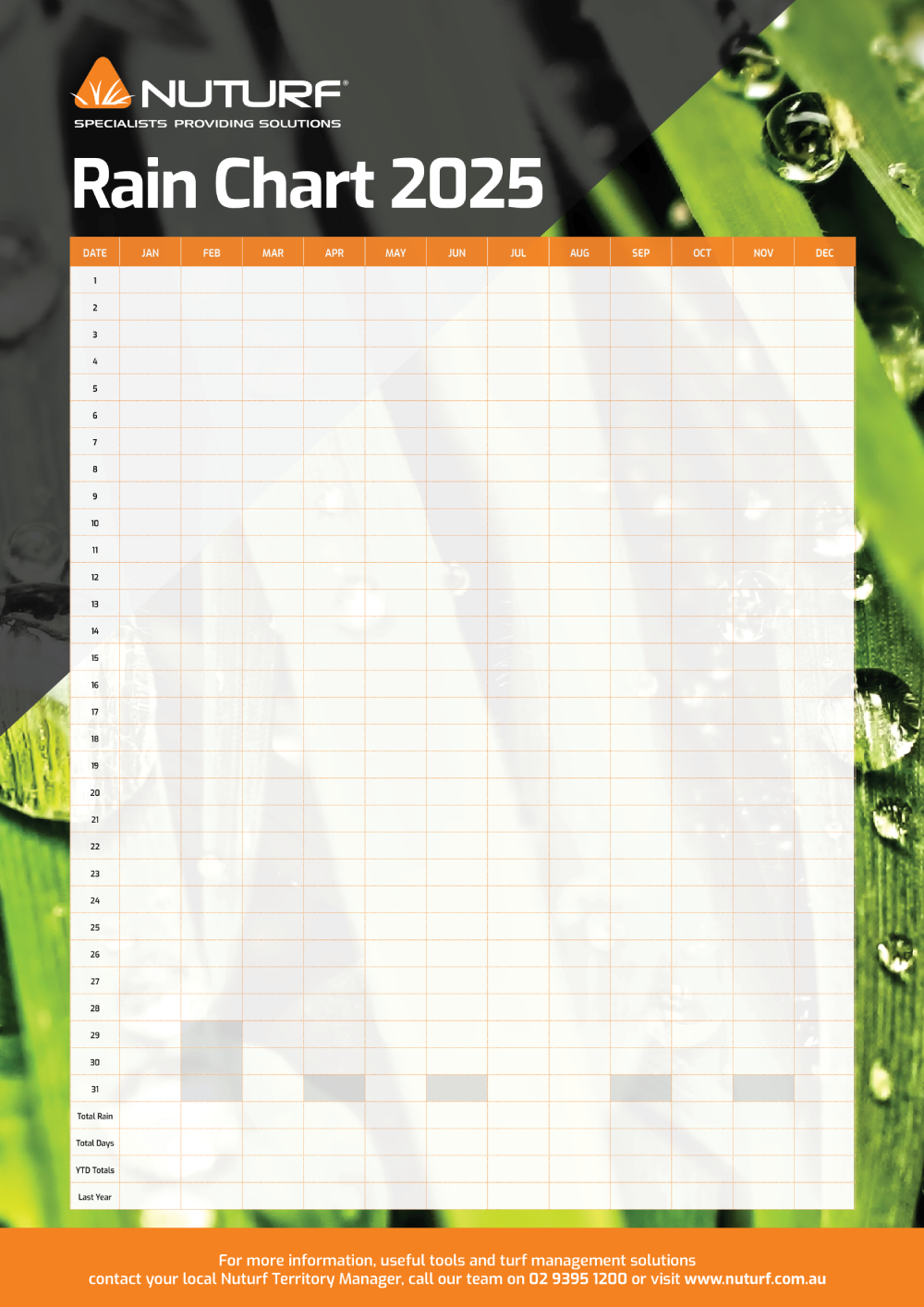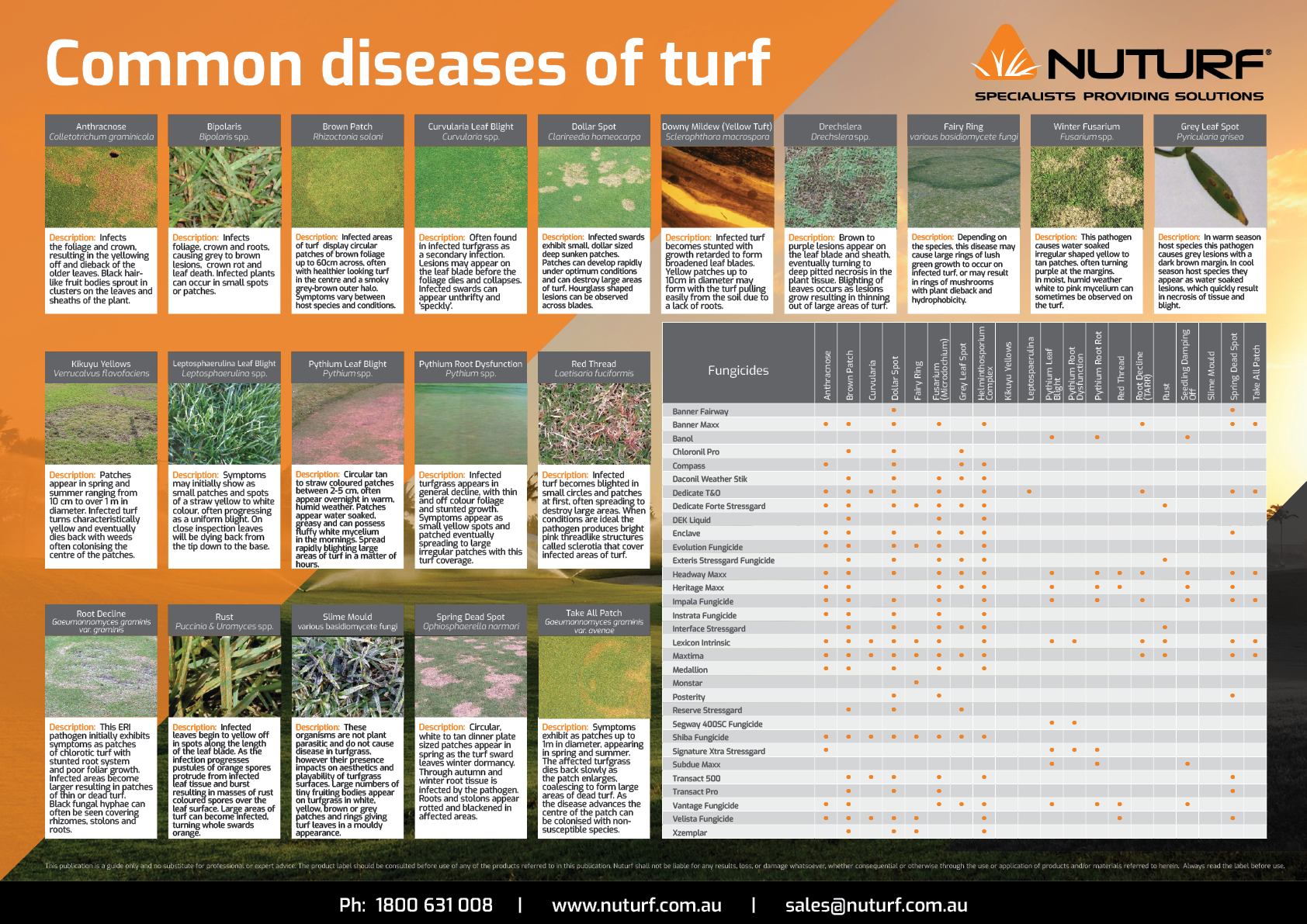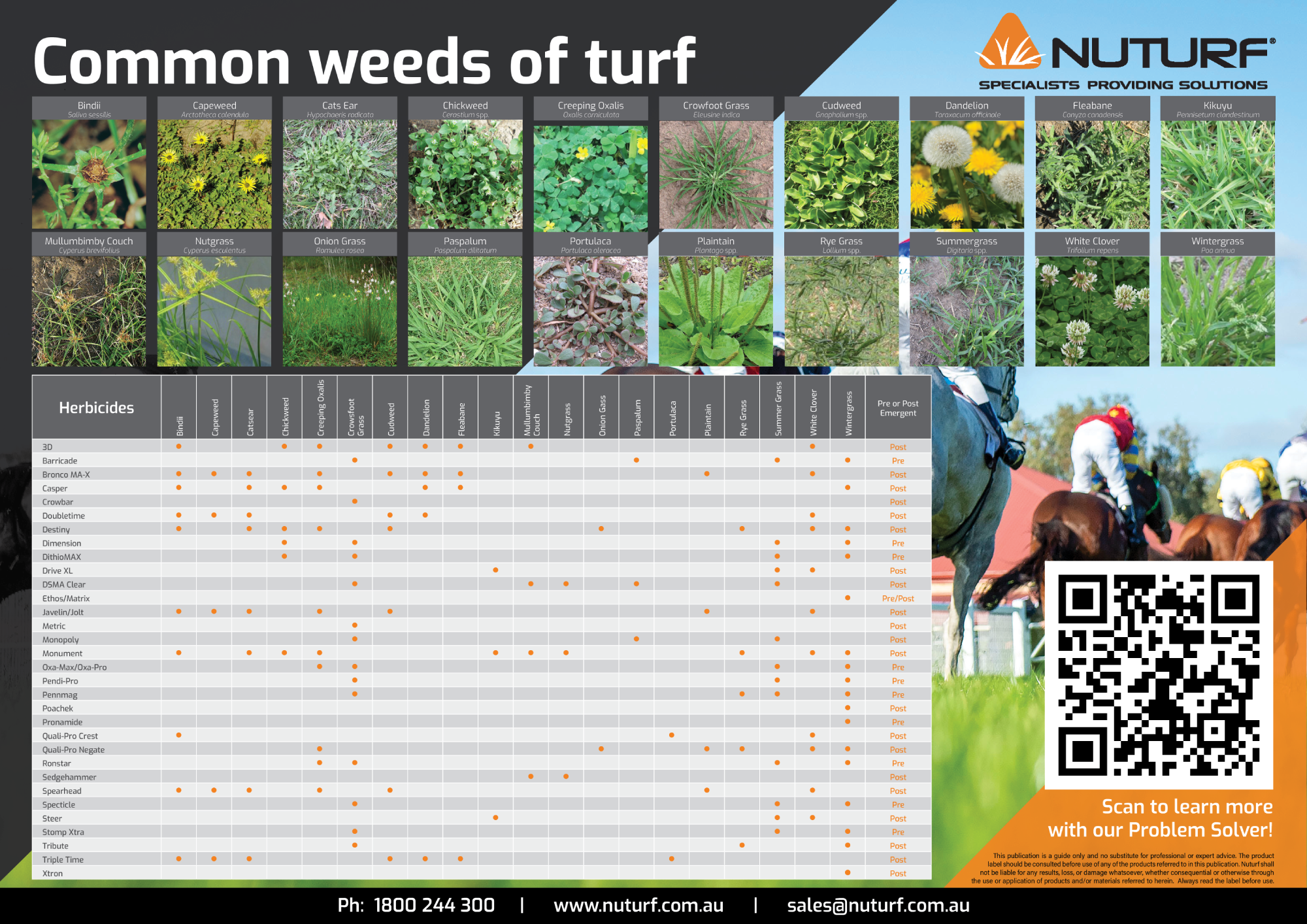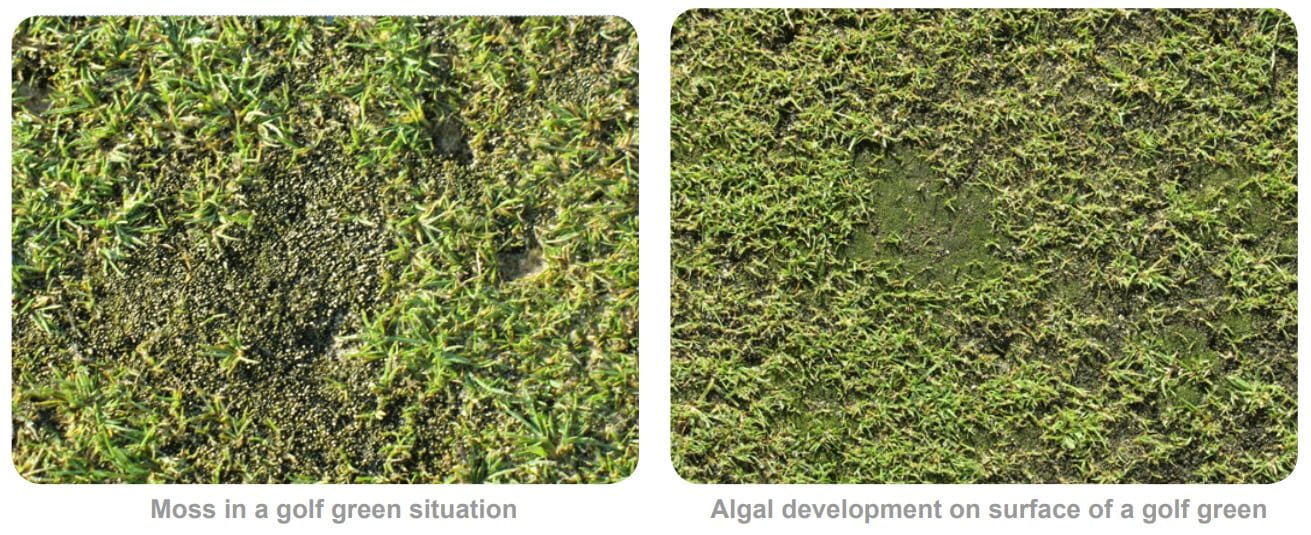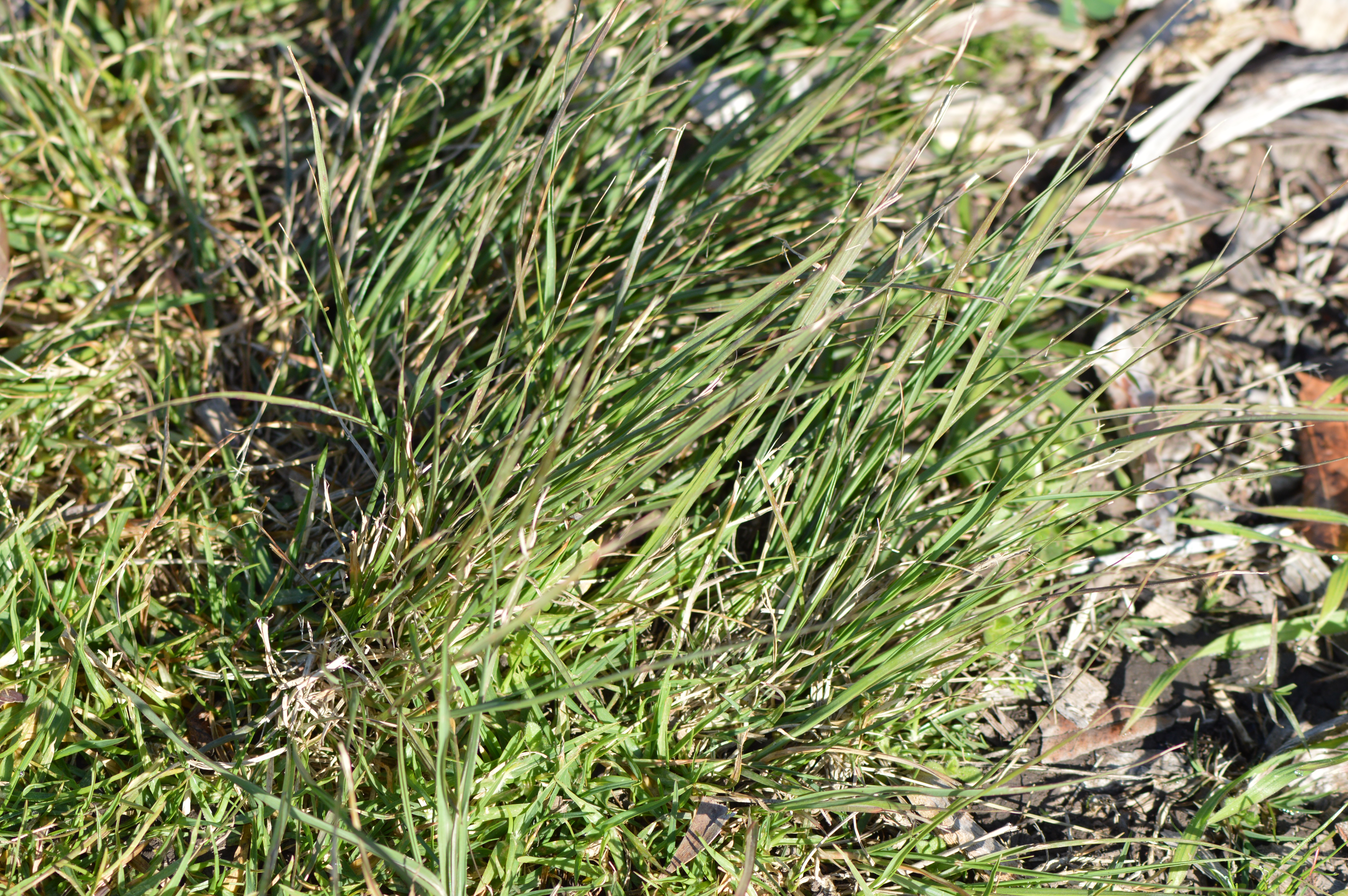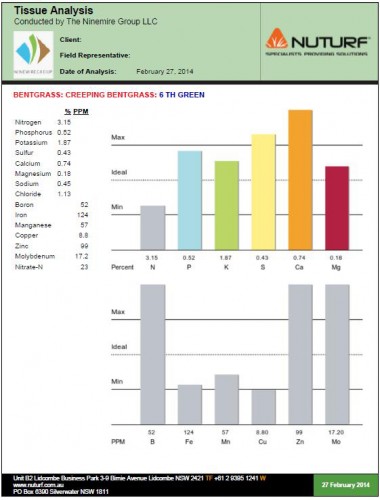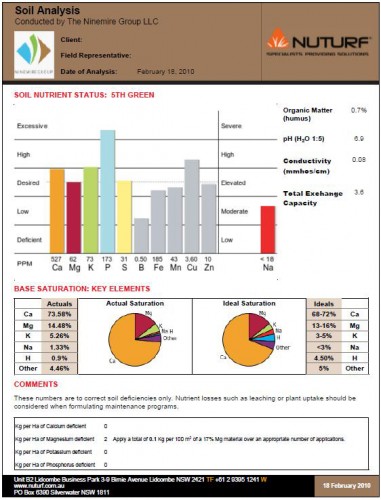Helminthosporium Disease
- Problem Solver
- Disease
- Helminthosporium Disease
Helminthosporium DiseaseCausal AgentBipolaris spp., Drechslera spp. and Exserohilum spp. What is Helminthosporium disease?Helminthosporium Disease is a complex of turfgrass diseases previously known as Helminthosporium leaf, crown and root disease. What are the Symptoms of Helminthosporium disease?Although the fungal symptoms of the Helminthosporium diseases are quite characteristic, the symptoms can vary greatly with each pathogen or host. General symptoms include:
|
|
|
|
What causes Helminthosporium Disease in Turfgrass?Helminthosporium Disease can be caused by Dreschlera spp., Bipolaris spp. or Exserohilum spp.. Dreschlera spp. is capable of surviving unfavourable conditions as conidia (thick cell walled resting spores) or dormant mycelium. These conidia are spread predominantly by wind, rain or machinery and when conditions become ideal, the conidia germinate and infect plant tissue. Bipolaris spp. and Exserohilum spp. survive adverse conditions by surviving in infected plant material and debris. When rainfall occurs, these fungi sporulate profusely and eventually gain entry to further plant tissue. When does Helminthosporium Disease occur?In general, conditions that are favourable for Helminthosporium disease include:
What can I do to manage or control Helminthosporium Disease?Management practices that can help control or reduce instances of helminthosporium disease include:
For chemical solutions and treatments for Helminthosprium disease please see the recommended products below. |
Product Solutions for Helminthosporium Disease
-
 Fore Rainshield Fungicide 10LActive: 480g/L Mancozeb
Fore Rainshield Fungicide 10LActive: 480g/L MancozebFore Rainshield is a broad spectrum protectant fungicide containing 480g/L of the active ingredient Mancozeb.
$220.00 incl. GSTOut of stock -
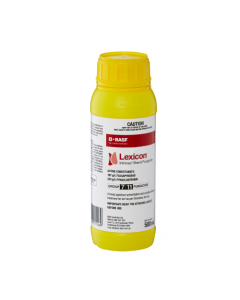 Lexicon Intrinsic FungicideActive: 167g/L fluxapyroxad
Lexicon Intrinsic FungicideActive: 167g/L fluxapyroxadLexicon delivers peak performance under pressure, optimising disease control and providing plants with longer, stronger roots and increased growth.
$506.00 incl. GST -
 Exteris Stressgard Fungicide12.5g/l Fluopyram
Exteris Stressgard Fungicide12.5g/l FluopyramExteris Stressgard Fungicide provides outstanding broad-spectrum disease control, turf quality and application flexibility. Contains a unique SDHI active ingredient as well as new Leaf-Cote technology to improve spray droplet coverage and retention, as well as reduce dry time on the leaf.
$651.20 incl. GST -
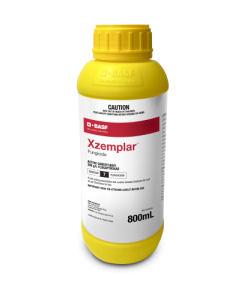 Xzemplar™ FungicideActive: 300g/L Fluxapyroxad
Xzemplar™ FungicideActive: 300g/L FluxapyroxadXzemplar™ is a turf fungicide offering advanced systemic movement of the active ingredient, Fluxapyroxad. Xzemplar combines a quick knockdown and powerful, long lasting control.
$825.00 incl. GST -
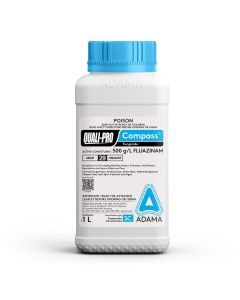 Quali-Pro Compass FungicideActive: 500g/L fluazinam
Quali-Pro Compass FungicideActive: 500g/L fluazinamCompass Fungicide is a premium, unique, multi-site contact, protectant fungicide, the only registered fungicide for turf in FRAC group 29.
$495.00 incl. GST -
 Quali-Pro Enclave FungicideActive: 365g/L chlorothalonil
Quali-Pro Enclave FungicideActive: 365g/L chlorothalonilQuali-Pro Enclave is registered for the broad spectrum, eradicant, curative and preventative control of Brown Patch, Fusarium Patch, Anthracnose, Dollar Spot, Helminthosporium, Grey Leaf Spot and Spring Dead Spot in all recreational turf management situations.
$632.50 incl. GST -
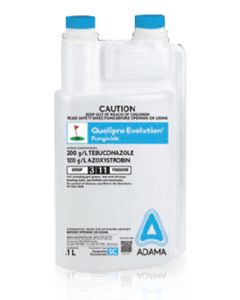 Quali-Pro Evolution FungicideActive: 200g/L Tebuconazole
Quali-Pro Evolution FungicideActive: 200g/L TebuconazoleEvolution Fungicide is a premium, fungicide mixture containing 120 g/L of the active ingredient Azoxystrobin and 200 g/L Tebuconazole.
$302.50 incl. GSTOut of stock -
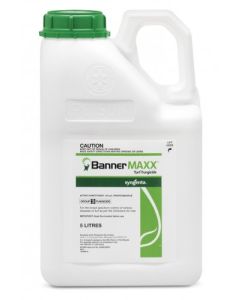 Banner Maxx FungicideActive: 15.5% Propiconazole
Banner Maxx FungicideActive: 15.5% PropiconazoleBanner Maxx is early curative treatment, providing systemic broad-spectrum control of Dollar Spot, Winter Fusarium, and the ERI complex (Couchgrass Decline and Take-all Patch).
$375.10 incl. GST -
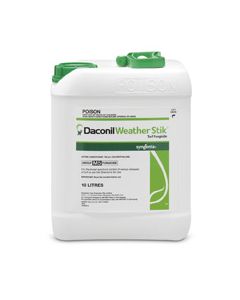 Daconil Weatherstik® Turf FungicideActive: 720g/L Chlorothalonil
Daconil Weatherstik® Turf FungicideActive: 720g/L ChlorothalonilDaconil Weather Stik is a contact fungicide that can be used in preventative programs. It can be used as an early curative after the first signs of disease become evident.
$397.10 incl. GST -
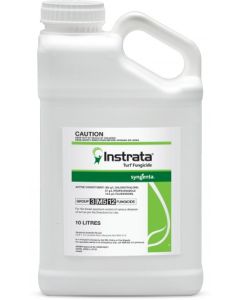 Instrata Turf FungicideActive: 36.2% Chlorothalonil
Instrata Turf FungicideActive: 36.2% ChlorothalonilInstrata is an excellent choice for use in a preventative program or curatively after first symptoms are evident.
$518.10 incl. GST -
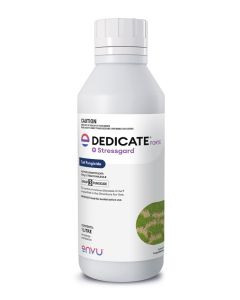 Dedicate Forte Stressgard FungicideActive: 240g/l Tebuconazole
Dedicate Forte Stressgard FungicideActive: 240g/l TebuconazoleDedicate FORTE Stressgard® is a broad-spectrum DMI fungicide containing tebuconazole (240 g/L) with Stressgard Formulation Technology, and controls tough soil-borne and foliar fungal diseases in both cool and warm season turfgrass.
$297.00 incl. GST -
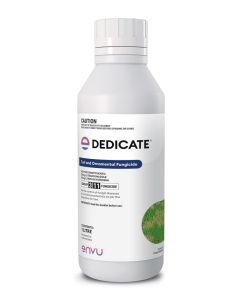 Dedicate Turf and Ornamental FungicideActive: 100g/L Trifloxystrobin
Dedicate Turf and Ornamental FungicideActive: 100g/L TrifloxystrobinDedicate turf fungicide contains two active ingredients with two different modes of action, providing curative and preventative control. It has a contact and systemic action in turf which provides broad spectrum control.
$517.00 incl. GST -
 Interface Stressgard FungicideActive: 256g/L iprodione
Interface Stressgard FungicideActive: 256g/L iprodioneInterface with Stressgard Formulation Technology offers the new standard in turf protection and is Bayer’s most powerful turf fungicide to-date. It manages disease stress leading to improved turf quality and playability.
$517.00 incl. GST -
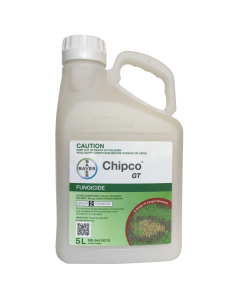 Chipco GT Fungicide240 g/L iprodione
Chipco GT Fungicide240 g/L iprodioneChipco GT is a broad-spectrum fungicide providing unsurpassed control of brown patch, dollar spot, various leafspots, and a variety of other turf diseases.
$284.90 incl. GSTOut of stock -
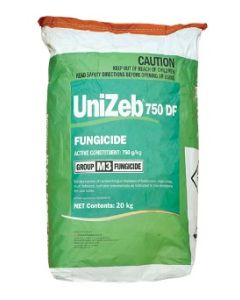 Unizeb 750 DF FungicideActive: 750g/kg Mancozeb
Unizeb 750 DF FungicideActive: 750g/kg MancozebUnizeb 750DF Fungicide is a dry flowable preventative fungicide formulation for the control of certain fungal diseases in turf.
$354.20 incl. GST -
 Azoxy 250 T&O FungicideActive: 250g/L Azoxystrobin
Azoxy 250 T&O FungicideActive: 250g/L AzoxystrobinAzoxy 250 T&O Fungicide (active constituent Azoxystrobin) is an effective xylem systemic fungicide that delivers excellent protection for up to 28 days against a wide spectrum of Turf, Nursery Stock and Ornamental diseases.
$330.00 incl. GST -
 Dek Liquid Fungicide 10LActive: 420g/L Mancozeb
Dek Liquid Fungicide 10LActive: 420g/L MancozebLiquid Dek is a contact fungicide that works by forming a protective barrier around the plant tissue (i.e. chemical barrier between the fungus and the plant).
$253.00 incl. GST -
 Transact 500 Fungicide 5LActive: 500g/L Iprodione
Transact 500 Fungicide 5LActive: 500g/L IprodioneTransact 500 is a broad spectrum fungicide containing 500 g/L of the active constituent Iprodione. It is registered for the control of Brown Patch, Dollar Spot, Fusarium Patch, Spring Dead Spot, Curvularia and Helminthosporium disease in all recreational turf situations. It is also registered for the control of Botrytis Blight in ornamental plant applications.
$265.10 incl. GST -
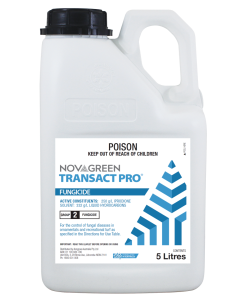 Transact Pro Fungicide 5LActive: 250g/L Iprodione
Transact Pro Fungicide 5LActive: 250g/L IprodioneTransact Pro is a premium locally systemic, broad spectrum fungicide containing 250 g/L of active ingredient Iprodione.
$238.70 incl. GST -
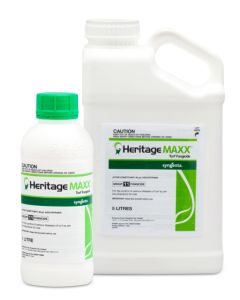 Heritage Maxx FungicideActive: 95g/l Azoxystrobin
Heritage Maxx FungicideActive: 95g/l AzoxystrobinHeritage Maxx combines systemic activity through xylem mobility, and translaminar movement to encourage multi-site uptake...
$187.00 incl. GST$765.60 incl. GST
JOIN OUR NEWSLETTER NOW!
Be the first to hear about the latest specials, products, tips and ideas.


